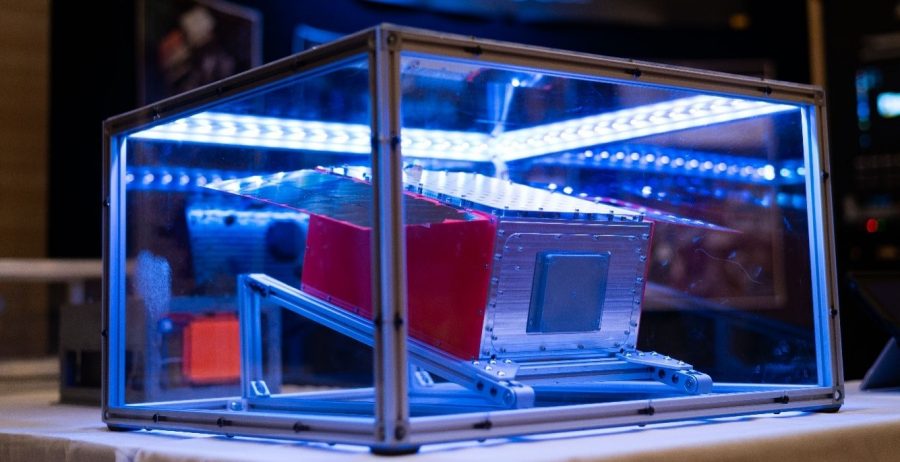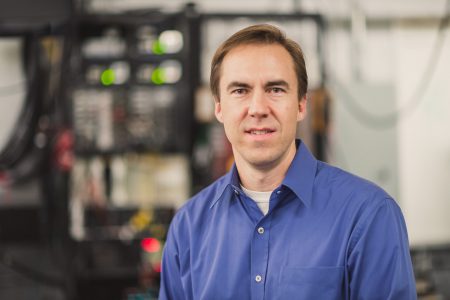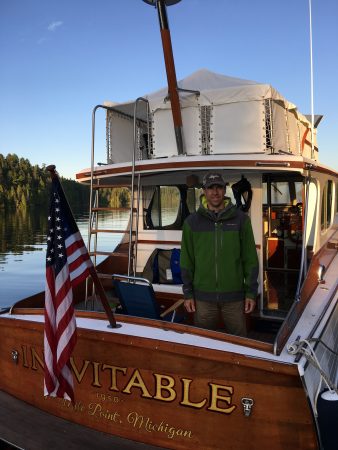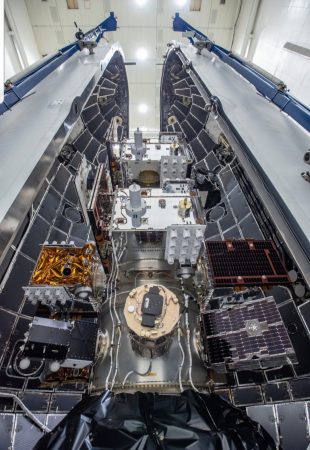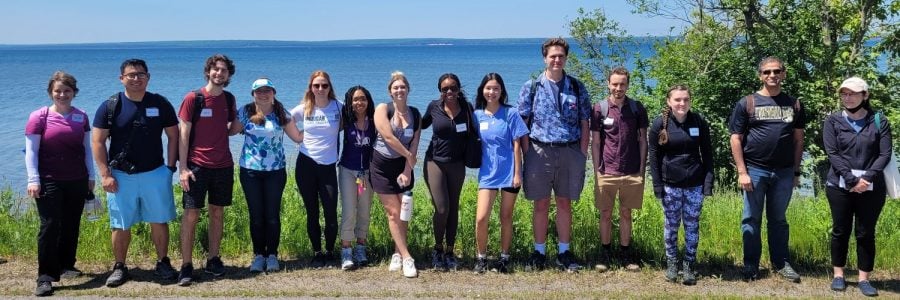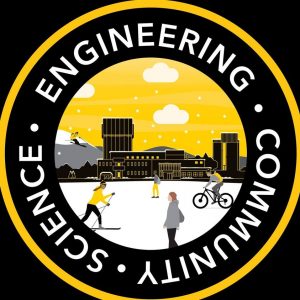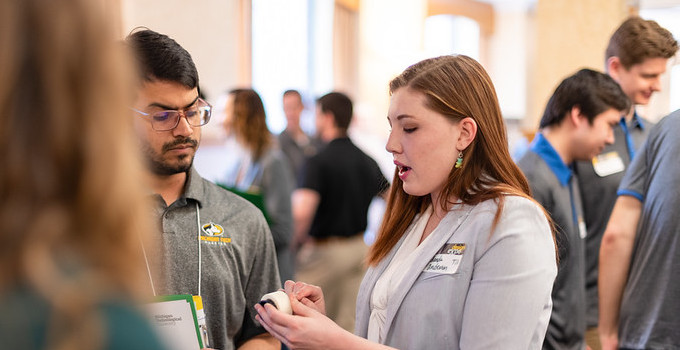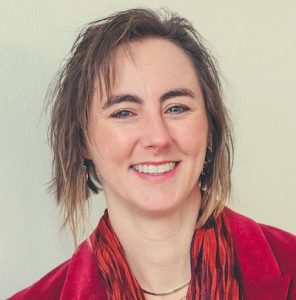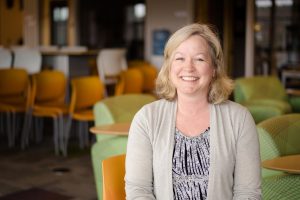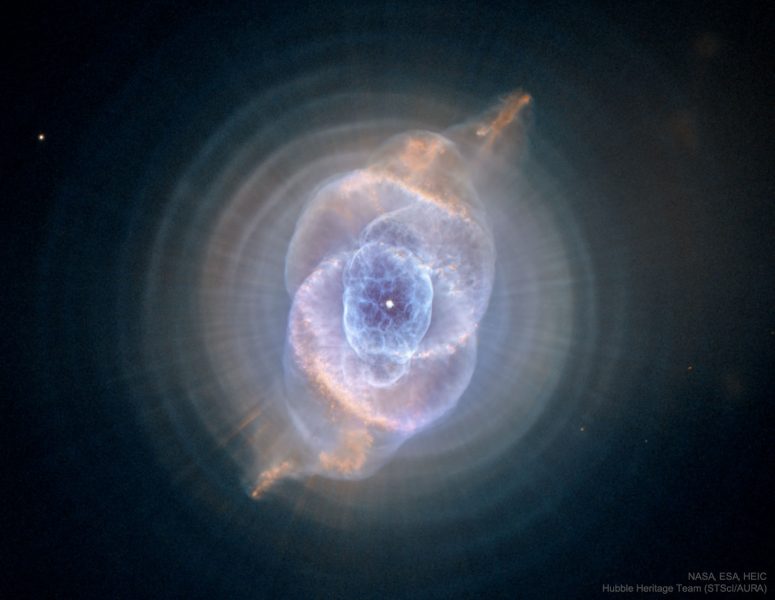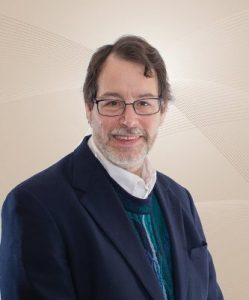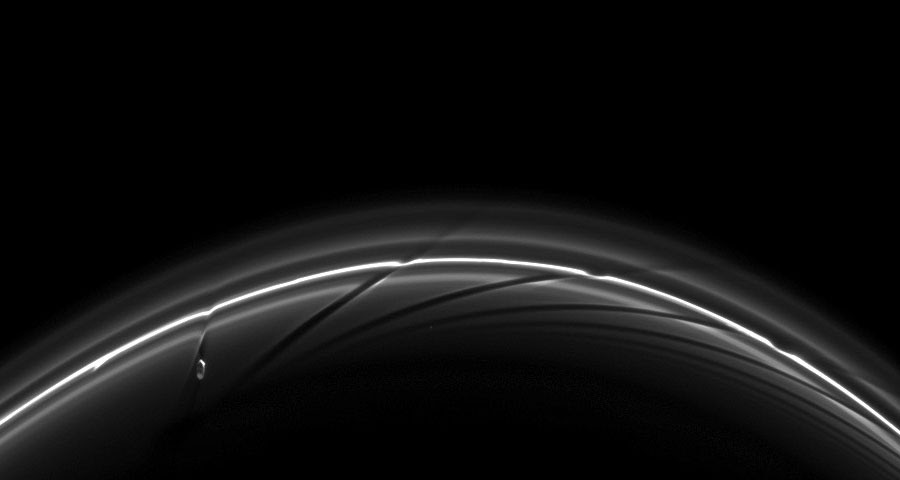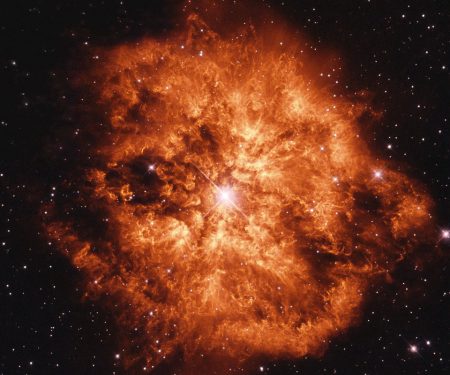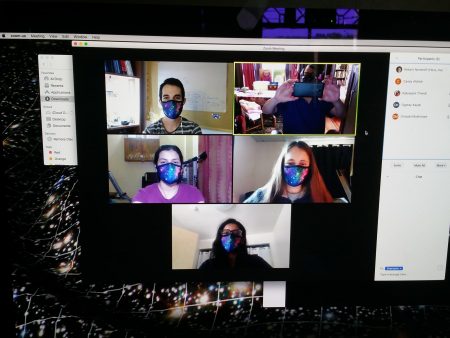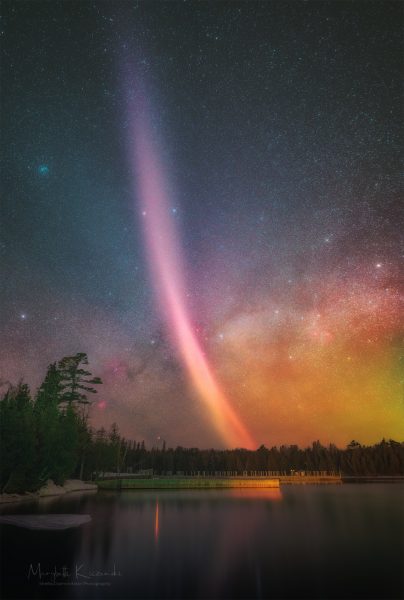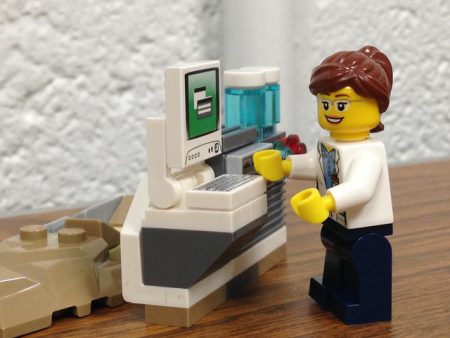
The Board of Trustees of New Jersey Institute of Technology (NJIT) recently announced the appointment of Dr. Teik C. Lim as NJIT’s ninth president, following a national search and a unanimous vote of the Board on January 5, 2022.
President-elect Lim, who also will be appointed as a distinguished professor of mechanical engineering, will begin his NJIT tenure on July 1, 2022. He is the university’s ninth president. He earned his bachelor’s degree in mechanical engineering from Michigan Technological University, and later earned a master’s degree in mechanical engineering from the University of Missouri-Rolla and a doctoral degree from Ohio State University.
Lim presently serves as the interim president of the University of Texas at Arlington (UTA), where he also holds the rank of professor within the Department of Mechanical and Aerospace Engineering.
“Michigan Tech is very proud of Dr. Lim’s accomplishments, and for his appointment as President of NJIT,” said Dean Janet Callahan. “We are very proud to have been part of his academic training. Michigan Tech is known for developing leaders—what they learn here starts them on the path to the leaders they become.”
Originally from Malaysia, Lim came to Michigan Tech on a scholarship in 1983 and graduated with a BS in Mechanical Engineering in 1985.
“I grew up with limited means, supported myself through college, and became the first member of my family to earn a college degree,” Lim recalls in a recent NJIT video. “I was able to come to the United States because of a generous undergraduate scholarship from Michigan Tech.”
William Predebon, chair of the Department of Mechanical Engineering-Engineering Mechanics at Michigan Tech, taught Lim in class. “He was an excellent student,” said Predebon. “Dr. Lim’s career is very impressive. His appointment is yet another example of the impact he is having in higher education. I am very proud of his accomplishments, as is all of Michigan Tech.”
“I will never forget Dr. Predebon’s excellent teaching style—concise, clear, and very easy to follow,” notes Lim. “I learned to mimic him from memory when I first became a professor. Michigan Tech is where I started and Michigan Tech gave me a chance of a lifetime.”
Prior to assuming the interim presidency at UTA, Lim served as the university’s provost and vice president for academic affairs from 2017 to 2020. He also spent approximately 15 years at the University of Cincinnati, where he held both academic and administrative appointments, the last of which was as dean of the College of Engineering and Applied Science.
“I am an engineer and attended polytechnic universities for my bachelor’s and master’s degrees, so coming to NJIT brings me back to my roots,” said Lim. “The chance to lead NJIT’s continuing growth into a preeminent public polytechnic research university is very appealing to me, as is the opportunity to work with the talented faculty, staff, and students, many of whom are, like me, the first from their family to attend college. NJIT is a beacon of life-changing opportunities.”
Read more
New Jersey Institute of Technology Names Dr. Teik C. Lim as University’s Ninth President
New NJIT president is first person of color to lead one of state’s most diverse colleges
